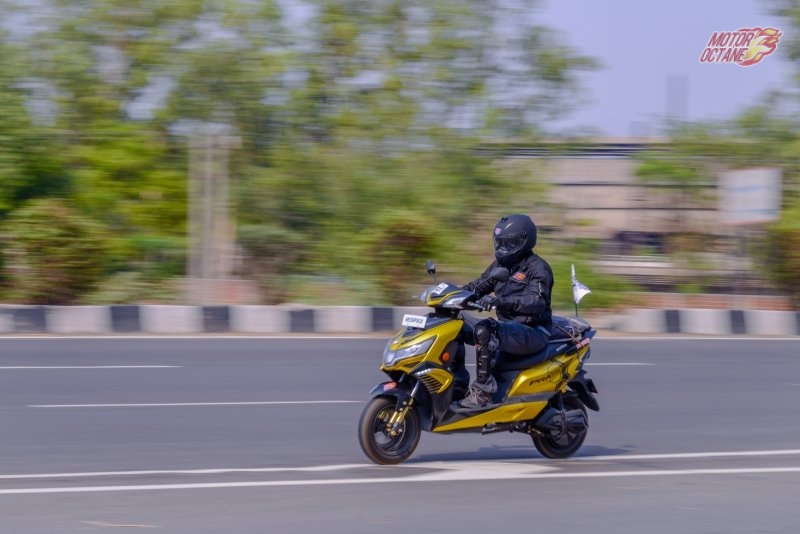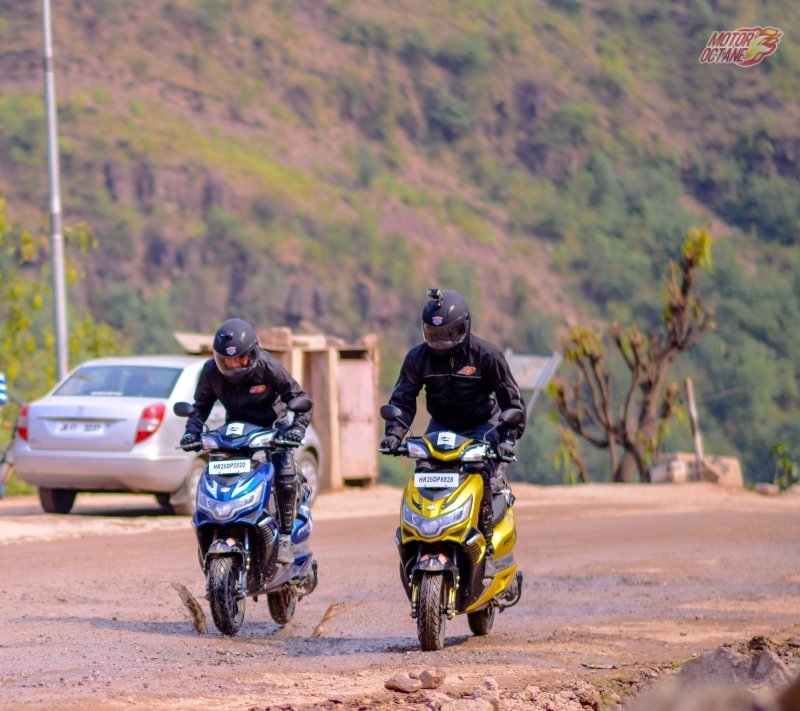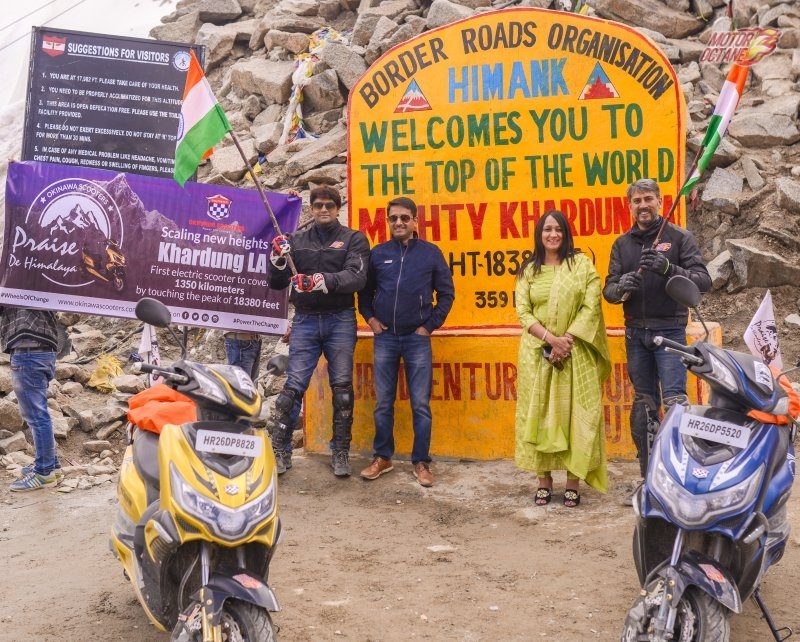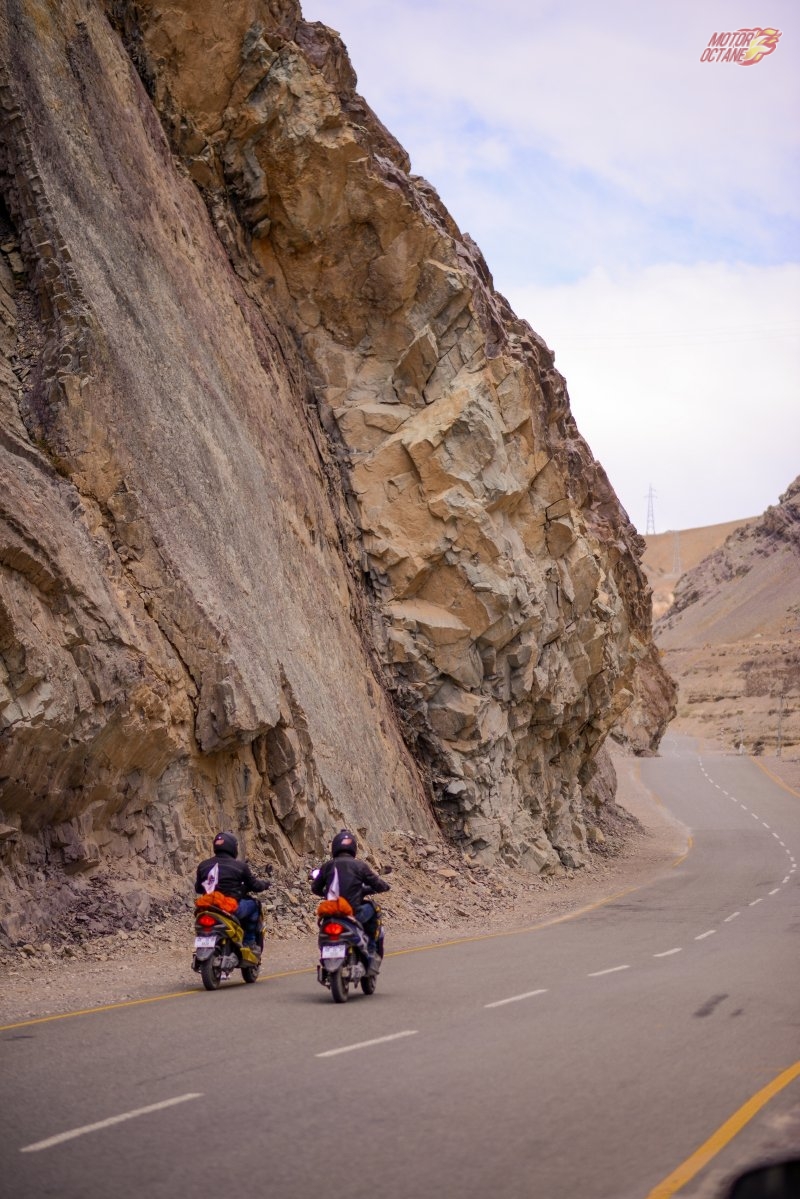Mayday Ladakh !
On his 13th trip to the Himalayan Kingdom of Ladakh (this time with the MotorOctane team) Manas Dewan laments the rapid deterioration of Ladakh’s fragile ecosystem and suggests small steps that visitors can undertake, to retain the beauty of this pristine land.
The parched earth soaked up the pellets of rain as a cloud of vapour clung close to the ground. It was early June and the much-awaited monsoons had finally arrived in Pune. The trees were washed clean, the leaves looked almost oily as they glinted in the late evening sun. Nearby, little birds splashed around in tiny puddles along the ground. I took a deep breath, trying to lock-in the smell of the earth, happy that I could experience the first showers of Pune… tomorrow I would begin my journey, first flying to Delhi and thereafter taking the long road via Srinagar till Leh.
Hit the Road
I took the flight from Pune to Delhi to join my friends from MotorOctane on the Leh expedition. Aashish and Narendra were attempting to ride the 1200 kilometres from Delhi to Leh and KhardungLa on the Okinawa (model: Praise) scooters. These would be the first electric scooters to breach KhardungLa. Then there was Ravi and Aditya who chronicled the expedition through their lenses. Vikas was the Okinawa technician designated to ensure the fitness of these scooters while Sandeep was the versatile rider-driver-photographer who took the wheels of the Nissan Terrano, our support car. Yours truly served as the expedition support and drove the second support car- the Tata Hexa during the trip.

The electric vehicles performed unexpectedly well throughout the trip. A top speed of nearly 70km/hr meant that Aashish and Naren were riding full-throttle for most of their route in the plains. It was only after the plains of Jammu that the first hills came up and the Praise scooters made mince-meat of that too. Charging sessions took place at roadside eateries and dhabas. The charging system for the batteries on the Okinawa scooters is truly simple. The brick like lithium-ion batteries were easy to access and with the widely used 3 pin plug attached to the cable there were no hassle to charge.
Slow and steady
A significant duration of our time on the road was spent on videography. It was a common sight to see lensmen Ravi and Aditya commanding the riders through takes and retakes. In this manner with stops for battery change, halts for photography and occasional bio-breaks and lunch stops, the cavalcade of (two) Okinawa Praise scooters, the Tata Hexa and the Nissan Terrano travelled from Delhi through Ambala, Jalandhar, Pathankot, Jammu, Banihal, Srinagar, Sonamarg, Drass, Lamayuru until on day 9 we finally reached Leh.

While the riders laboured under the hard sun, I must admit to enjoying a fair level of comfort- the Tata Hexa provided a very large personal space, it was well appointed and the interiors were comfortable to make it my home on wheels during the long drive. Seated within the comfort of the AC, I listened to my audio books and my music. Occasionally I would swap my Hexa for the Nissan Terrano which Sandeep drove and I found it to be exceptionally responsive. It was a capable SUV, yet felt and behaved like a sedan.
Ancient Journeys
The best thing about a long drive are the uninterrupted space and time to reflect. The magical land of Leh! I never seem to get enough of this place. It was in 2001 when I first travelled here- and ever since, I visited it over a dozen times. Back in those days, it was a little known hamlet tucked away in the folds of the mighty Himalayas. The road to Leh was arduous and even the bravest souls often paled at the passes where mountain streams claimed the roads and dizzying precipices awaited the careless traveller. From a distance, the road looked more like a carelessly thrown rope upon the mountain slope that offered incredible hairpins and switchbacks at every step, seemingly meandering its way through the mountain passes for a thousand plus kilometres until you found reached Ladakh.
Those Days
It was an unforgiving land- a frozen desert, the climate was almost like the moon- with drastic difference between sun and shade- and oxygen levels so low that few if any plants grew in that region. The sun glowered down at you, the snows fell thick and heavy, the icy cold froze your bones and every breath was a struggle for oxygen in these rarefied heights.
Yet it was a Shangri-La in its own right. A place where tiny monasteries dotted jagged peaks, where humble locals greeted you “Juley” and where silence and peace filled your soul. Such was the Ladakh I had known- the land I had loved from my very first visit, a place I considered second home- Ladakh was the balm for my soul.
The Smoothened Trail
Ever since my first visit to the Himalayan kingdom in the early 2000, I had travelled almost every year to this magical land. And each successive visit I had witnessed civilization lay its claim upon the land, bit-by-bit. The roads gradually improved, the mountains were carved to create dual carriageways, tar found its way into much of the road surface and the roaring streams now seldom washed-away the road. Landslides which in the earlier years would cause days of delay- are today cleared within a few hours: and slowly but surely, this tiny vestige of nature seems to have been tamed by the hands of man. I have seen this transformation in front of my very eyes- and each visit has been slightly easier than the previous one.
Tourist Siege
Ladakh is no longer the well-guarded secret of a few hardy adventurers or the gritty army men guarding the Line-of-Control against Pakistan. Today, Leh is accessible to the thrill-seeking Indian tourist- it has almost become a mainstream travel destination. Tourism is booming in this Himalayan Paradise.
The simple folks have been joined by merchants and traders from various other parts of the country who see opportunity for trade and commerce in this Himalayan capital. The Monasteries are popular tourist destinations, the Monks too are now wise to the art of selfies. Thanks to the Border Roads Organization, the mountain passes and most of the risky roads have today been tamed. A case in point is the notorious ZojiLa Pass which today sports mirror smooth tarmac.
Streets of Shame
The fruits of this tourism boom is seen all along the route: roadside eateries are flourishing, numerous hotels and tourist stay possibilities offer income as well as wider exposure for locals and slowly but steadily the region is witnessing the benefits of integration into mainstream India. I accept that there is a secret corner in my heart that laments the loss of Ladakh as my private paradise… but I am also elated that tourism has brought about such affluence and opportunities for the locals.
I am not a cynic of human progress but what saddens me to see is the toll that tourism is taking upon Ladakh. The smell of petrol and diesel fill the air today. The streets and highways along the route is choked with the mass of cars and bikes while mountains of plastic and trash is piling up all along this- once pristine land.
Travel Responsibly
Can we as travellers, do our bit to preserve this surreal place? I believe we can… by embracing the local way of life while we are in this Himalayan wonderland. Not only will it help the sustainability, it will also give us a unique experience of an alternative lifestyle that in our regular urban life is impossible to achieve.
- Tour operators: While choosing a travel operator, consider home-grown local organizations that support the locals… and choose only those that have sustainable practices for waste management. If you are planning a trek or expedition with such companies, find out how they deal with waste, conserve water and energy and how give back to the local community. Such companies may be slightly more expensive but it is worth supporting their cause to ensure Ladakh does not get soiled or turned into a rubbish heap by our mindlessness or the desire to save pennies.
- Traditional homestays: While many travellers feel that opting for traditional homestays are a good approach- be mindful that there is little “Traditional” about these homestays. Concrete homes, running water and geysers are anything but traditional Ladakhi- instead opt for those that offer solar powered options, bucket water and the likes.
- Water usage: Water is the scarcest commodity in this land- and over centuries, the locals have developed indigenous practices to harvest water from the snow and melting ice. If you truly want to support the ecosystem, let go of your fetish for daily showers. I have personally gone for over 10 days without a shower- and thoroughly enjoyed the break from this mundane chore- you can, too! At the very least, use the bucket and for sure shun the urge for running water 24×7!
- Bio waste: The traditional Ladakhi system uses a dry decomposing system: a pit with a hole on top for you to contribute your share of bio-waste. Give it a try and you will be surprised with the sanitation and hygiene! Why not try a homestay that offers you such an option?
- Plastic bane: If there is a sight that is fast becoming commonplace, it is that of plastic rubbish strewn across popular tourist spots. From chocolate and chips wrappers to coke and water bottles, plastic rubbish is the biggest eyesore throughout the route and also at Ladakh. Back in the early 2000’s plastic was conspicuous by its absence- today the scenario is quite the opposite. To my knowledge, there is no secure plastic disposal system at Leh yet: so carry your plastic waste back with you till you can dispose it off in a responsible manner- perhaps at Delhi. We did it- and so can you.
- Volunteering: Last but not the least, try volunteering for the local community. There are several self help groups where visitors may contribute- and this will be on my list of to-do for my next trip to the Himalayan kingdom. Not only does it give a sense of purpose, it also offers a perfect way to integrate into the local fabric of Ladakh.
In Conclusion

The trip ended successfully with the Okinawa Praise Electric Scooters scaling the KhardungLa with ease. The Nissan Terrano and the Tata Hexa too made it to the top. And after nearly two weeks, I am now back at my home in Pune where the monsoons ushered its green carpet upon the landscape. It is a stark contrast to the land of Ladakh, with its barren peaks and ethereal beauty. As I settle down into the comfort of my own bed, I find myself murmuring a silent prayer: “Let us as tourists be respectful of the ways of the magical land of the Lamas. Let us leave no footprint behind… because Ladakh deserves our respect and the Himalayan kingdom should be able to delight our future generations too.” I hope that readers too will join me in this prayer and do their bit to preserve the beauty of Ladakh.
Manas is a corporate professional turned hobby-blogger and his site http://dostionwheels.com/ was rated among the global top 200 travel blogs of 2017.


Comments